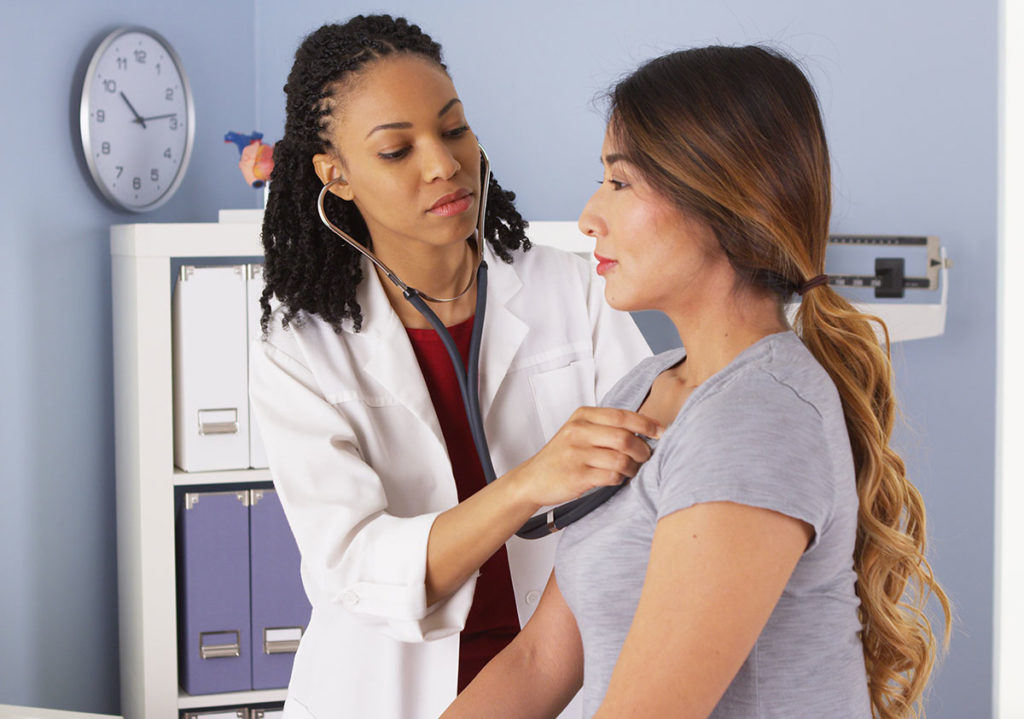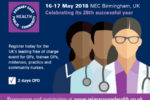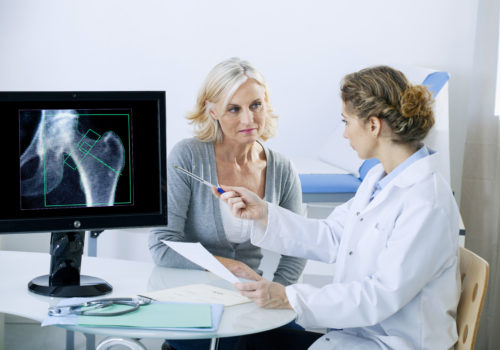It has been a busy end-of-year for the Primary Care Women’s Health Forum. We have been hard at work preparing for our Annual Conference. But Forum members have also been active in responding to the media on women’s health issues – further recognition of our increasingly important profile as advocates for women’s health.

























